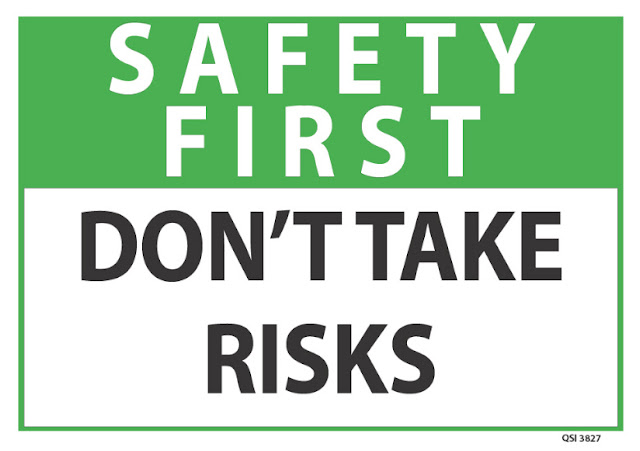 |
| 7 Tips for Saving for Retirement if You Started Late |
1. PLAY CATCH-UP
Let's assume you're 40 years old, with $0 in retirement savings. At your age in 2020, you are legally allowed to save $19,500 in a 401k retirement fund. How far is that money going to go?
Assuming a 7% rate of return, your 401k will grow to $1 million in 24 years and two months. That means that by the age of 64, you'll be on track to have $1 million in retirement time.
You'll need an extra seven years to have an inflation-adjusted $1 million, equivalent to today's dollars. In other words, you'll have an inflation-adjusted $1 million by the age of 71, assuming you keep contributing $17,000 per year. Since many retirees work until the age of 68 or 70, working for an extra seven years could be a feasible goal.
2. UNDERSTAND HOW MUCH YOU MONEY YOU MAY NEED
"But I don't need a million," you might think. "I just want to have a simple life."
Ah, but a simple life requires $1 million saved in the bank. Most experts agree that you should not withdraw more than 3% to 4% of your retirement portfolio every year during your retirement. They are known as the "4 percent rule" and the "3 percent rule."
Three percent of $1 million, that's $30,000. Four percent of $1 million, that's $40,000. In other words, if you want to live on a retirement income of $30,000 to $40,000 per year, you will need a portfolio of at least $ 1 million. This assumes that you do not have a pension, rental property, or other sources of retirement income. It also excludes social security, which many people find to be paler than they expect.
 |
| 7 Tips for Saving for Retirement if You Started Late |
3. DON'T TAKE ADDITIONAL RISK
Some people make the mistake of taking on additional investment risk to make up for the lost time. The potential returns are higher: Rather than 7%, there's a chance that your investments can grow 10% or 12%. But the risk, the potential for loss, is also much higher. Your risk should always, always be aligned with your age. People in their twenties can accept greater losses since they have more time to recover. People in their forties cannot.
Don't accept extra risk in your portfolio. Pick one of the following tried-and-true asset allocation recommendations:
Some people make the mistake of taking additional investment risks to make up for lost time. Potential returns are higher: instead of 7%, your investment is likely to grow by 10% or 12%. But the risk, the potential for losses, is also much higher. Your risk should always be aligned with your age. People in their twenties can take on greater losses as they have more time to recover. People in their forties can not do that.
Do not accept any additional risk in your portfolio. Choose one of the following proven-and-true asset allocation recommendations:
Do not accept any additional risks in your portfolio. Choose one of the following proven-true asset allocation recommendations:
- 120 minus your age in stock funds, with the remainder in bond funds - the highest acceptable level of risk.
- 110 minus your age in stock funds, with the remainder in bond funds - a moderate level of risk.
- Your age in bond funds, with the remainder in stock funds - the most conservative acceptable level of risk.
4. OPEN ROTH IRA
Once you've finished maxing out your 401k, open an IRA and maximize your contribution to it. A 40-year-old who is eligible to make a full contribution to the Roth IRA may add extra money to their retirement savings each year.
Contributions to the Roth IRA are tax-free and can be withdrawn tax-free. You 're even going to avoid tax on capital gains.
 |
| 7 Tips for Saving for Retirement if You Started Late |
5. BUY ADEQUATE INSURANCE
If you have dependents, consider life insurance for a period of time that your dependents will have to rely on you financially. Many financial experts say that life insurance is generally not a good idea, especially if you start a policy in your fifties.
These are just general observations. Talk to a fee-only financial planner to get personalized advice. Look for planners who have a "fiduciary duty" to you as their client.
6. PAY OFF DEBT
Pay off credit card debt, car loans, and other high-interest or non-mortgage debts.
Weigh whether or not you should make additional payments on your mortgage. If you're in the early stages of your mortgage, and many of your payments are being used for interest, it might make more sense to make extra mortgage payments.
However, if you are in the final years of your mortgage and your payments are primarily applied to the principal, you may be better off investing that money.
7. YOU & YOUR SPOUSE COME FIRST
Don't skimp on your retirement savings to send your children to college. Your children have more options and opportunities than you do. Your children can take out student loans. You can't take out a "retirement loan." Your children have their entire life ahead of them. Time is on the side of them. Time isn't on your side. Your children can start saving for retirement in their twenties and thirties. You can't. Your own financial retirement security is the best gift you can give to your children.
 |
| 7 Tips for Saving for Retirement if You Started Late |



